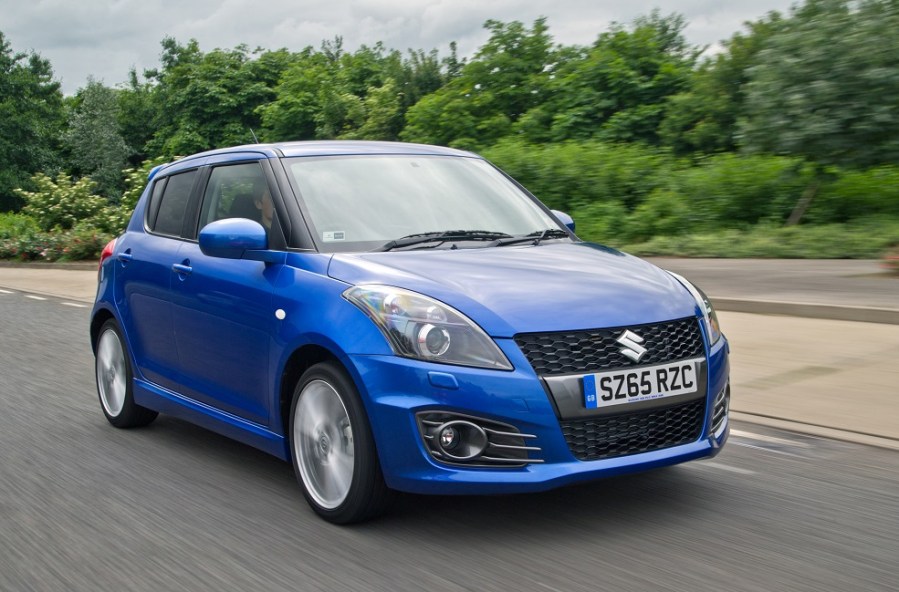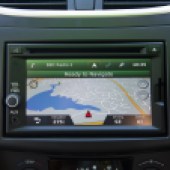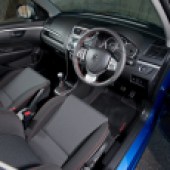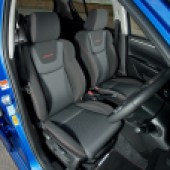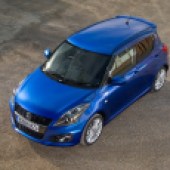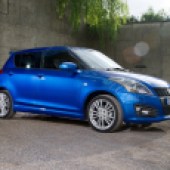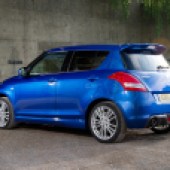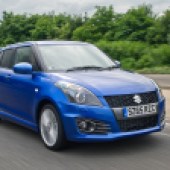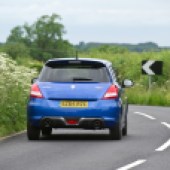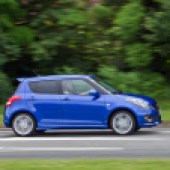Put off by rising Japanese car prices but still want to scratch your JDM itch? As far as cheap, fun thrills go, the Suzuki Swift Sport is a no brainer. Here’s what you need to know before buying one.
Words: Dan Bevis.
Suzuki Swift Sport Mk3 History
The third-generation Suzuki Swift Sport has become a properly desirable thing in 2022, not least for the fact that it’s so surprisingly affordable. These perky little pocket-rockets, which were sold from 2012-17, can now be picked up for as little as £3,500 – and that’s a lot of B-road mayhem for the cash. In fact, for a car that’s still reasonably recent and offers such driving pleasure, it’s a stone-cold bargain.
The European-spec Suzuki Swift cars were built in Hungary rather than Japan, and the Sport version received the M16A 1.6-litre twin-cam 16v motor in 136bhp guise. Peak power arrives at a heady 6,800rpm, accompanied by a frantic soundtrack that belies the modest power available – that is to say, it’s quick, but it feels like a rocketship because you’re revving the nuts off it! The spec includes lightweight 17” alloys, HID lights, a Sport bodykit with tasteful spoilers, leather steering wheel, and uprated suspension. There were a few upgrades over the years to consider; 2013 Suzuki Swift Sport models have LED DRLs, and from 2014 there was a 6.1inch infotainment touchscreen as standard. And if you can find one, the limited-run Suzuki Swift Sport SZ-R was a UK special edition of 100 cars which, for an additional £500, provided two-tone black and red paint, revised bumpers and diffuser, a different gearknob and a numbered plaque. But whichever Swift Sport you go for, you’re guaranteed zingy back-road thrills and, of course, that feeling that you’ve grabbed yourself a bit of a bargain.
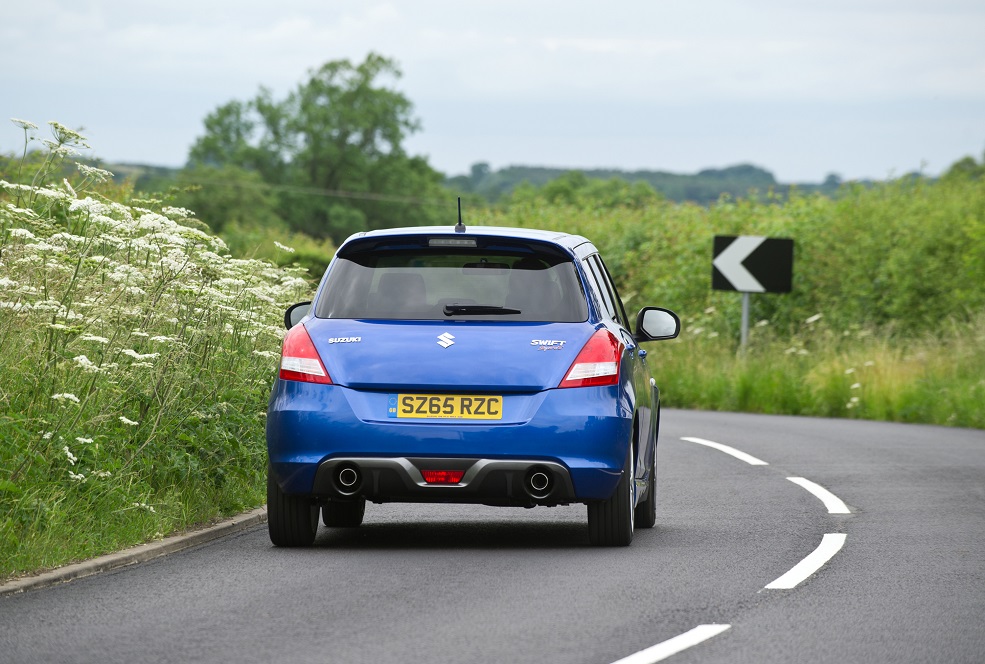
What to look out for on the Suzuki Swift Sport (2012-2017)
Engine and transmission
While every manufacturer seems to be pivoting toward forced induction as a means to balance power with emissions, fans of old-school revvy motors will be pleased to learn that Suzuki stuck steadfastly with a naturally-aspirated setup for the Swift Sport. The 1.6-litre M16A engine is a playful 16v twin-cam and they’ve tickled the extra power out in the classic way, with high-lift cams and a cunning tweaks to the intake length. The key numbers are 136bhp, 118.lb.ft, 0-62mph in 8.7s, and a 121mph top speed. Decent enough figures in a small hatch that’s agile and – crucially – light, and of course there’s potential to make all of this spicier. It’s not Honda Civic Type R EP3 performance, but it’ll have you smiling as if it is.
There aren’t too many notable issues with the drivetrain on these cars, so just make sure you’re looking at the right areas to ensure everything’s A-OK. All Swifts will most likely suffer from marked clutch judder at some point or another, and this will be particularly noticeable when the weather’s cold. They can soldier on for a while like this, but you’re better off replacing the clutch sooner rather than later. Don’t be too worried by a notchy gear-change though, as some fresh oil should resolve this. The Swift’s been subject to a number of recalls (brake fluid leak, stability control issue, tyres fouling bodywork, and loose water pump) so ensure that the car’s been back to the dealer when it should have. Comb through the history and check for regular servicing too, as the official service intervals are relatively short and you want to make sure it’s always had fresh enough oil in there.
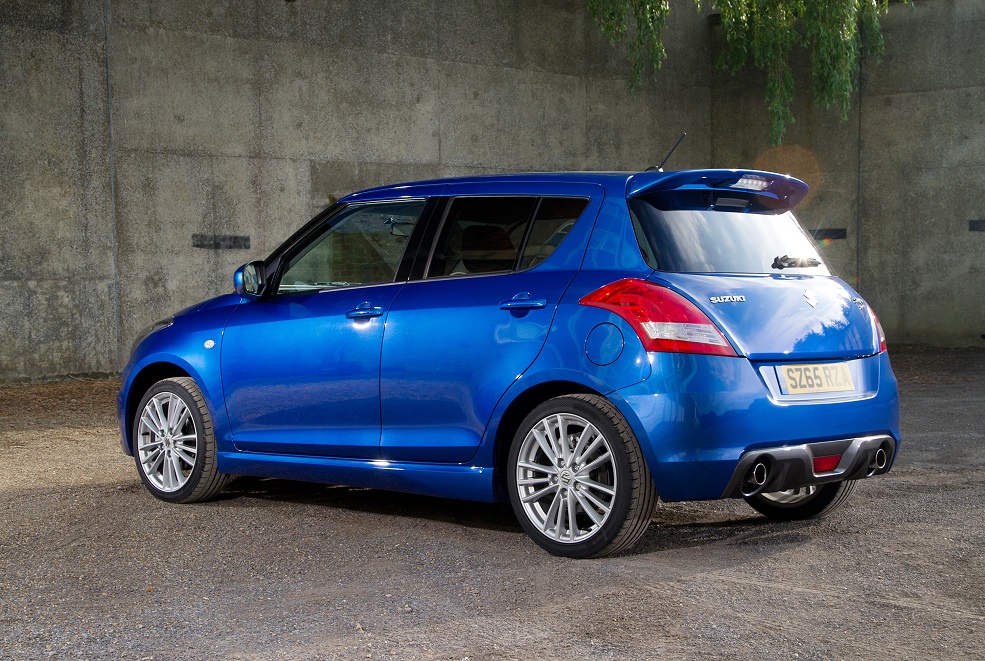
Want more power from you Suzuki Swift Sport?
Of course you do, and that’s easily achievable. Exhaust and induction should be your first port of call for bolt-ons, and the model is well served by the heavy hitters in the market: there’s a Blitz Nur exhaust system available for the Sport, or an HKS Legamax, and when it comes to induction kits there’s the Blitz Advance Power Intake and the HKS RSK Reloaded, both of which are large-cone hard-pipe setups that provide real gains and make a terrific noise.
If you fancy cracking the engine open to unleash more, a set of cams from Schrick or Toda will transform the character of the motor. And there are even forced induction options available: the GReddy/Trust turbo kit is a proven entity, and TTS Performance offer a full-service package to supercharge the Swift, bringing power up above 200bhp. At that point, you’ll probably be wanting to fit a helical LSD too, and MFactory can provide.
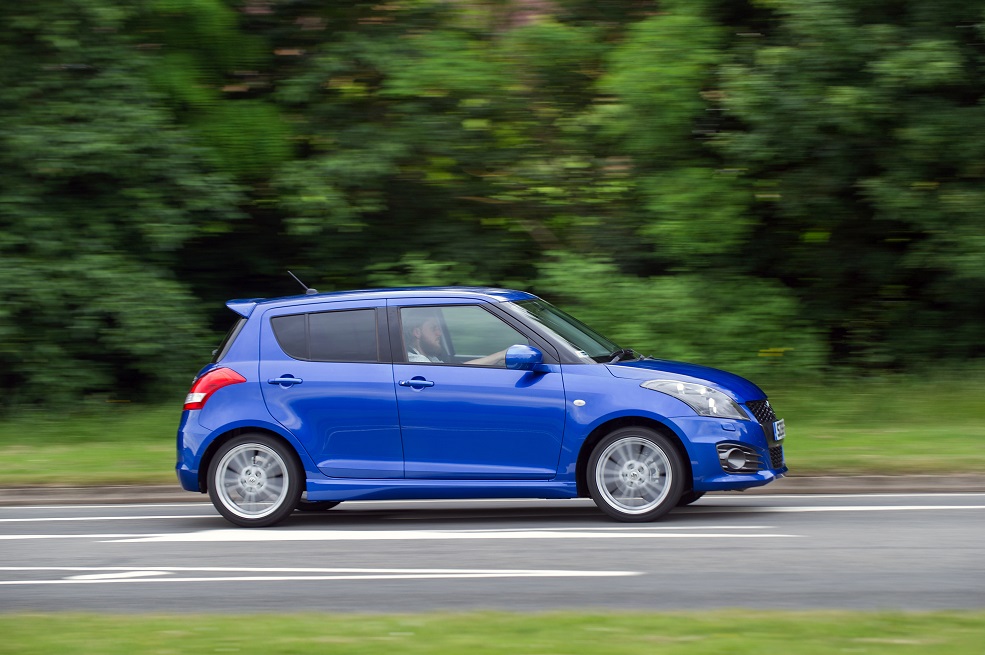
Chassis
It’s a simple but effective recipe underneath the Swift Sport: Macpherson struts up front, and a torsion beam at the rear. (And don’t be too harsh on the idea of a torsion beam – Peugeot 205 GTIs had them and look how much people love those!) The handling’s fun, and there’s oodles of potential in the aftermarket to make it even more fun: one of the best ways to improve the Swift Sport is to get it stiffer and closer to the ground – a set of BC Racing coilovers is just the job to achieve this. Ultra Racing anti-roll bars are a great addition to the Swift chassis too, and very cost-effective; these are available from the likes of Tegiwa.
The Sport has disc brakes all round (still not always a given at the less expensive end of the hatchback market), and they’re pretty strong in stock form, although the calipers can have a tendency to stick. The simplest upgrade to maximise performance here is to swap in a set of EBC grooved discs and Yellow Stuff pads – or if you want to go one step further and vastly improve braking while also eliminating the risk of sticking, there’s a decent 4-pot upgrade available from Yellowspeed Racing.
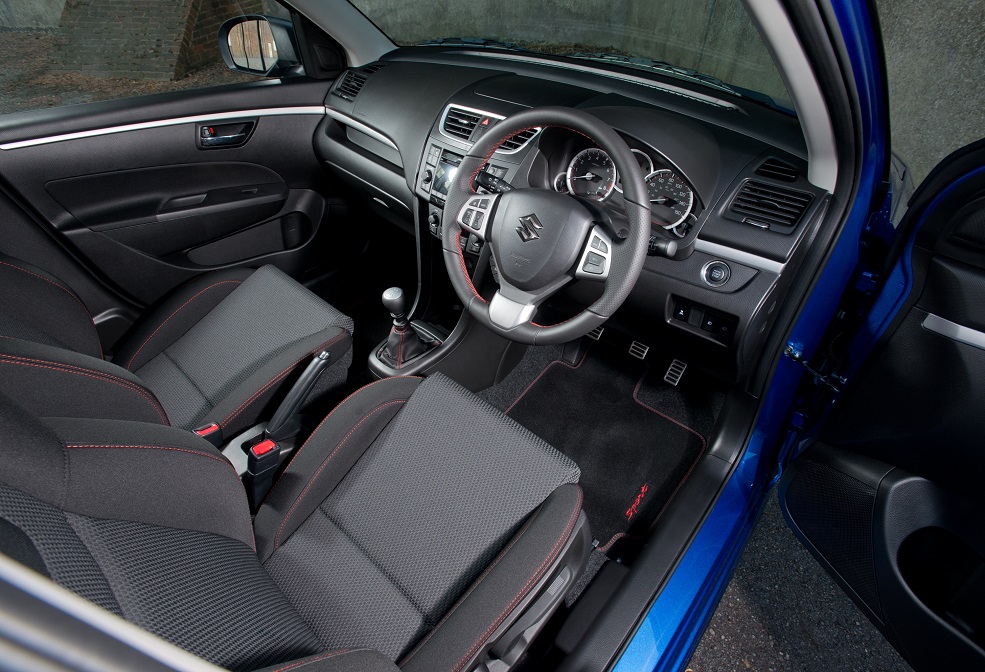
Interior
The interior is very well designed in terms of its layout, and the Sport seats offer decent support. You’ve got to bear in mind that this was a hatchback at the budget end of the spectrum, so the odd bit of rattly interior trim is to be expected, particularly the glovebox lid and seatbelt mechanisms. Standard equipment is decent though, and you get a leather steering wheel and climate control as well as keyless entry and automatic headlights. Models sold from 2014-on got a 6.1” sat-nav screen with DAB radio. So it’s all perfectly pleasant in here – but if you’ve got a bit of budget, there are huge improvements to be made in having the cabin retrimmed in some higher-quality materials (a nice soft nappa leather, say) by somewhere like D:Class or Plush Automotive. Or you could just tear it all out and fit a Cusco rollcage with a single Bride Zeta III seat.
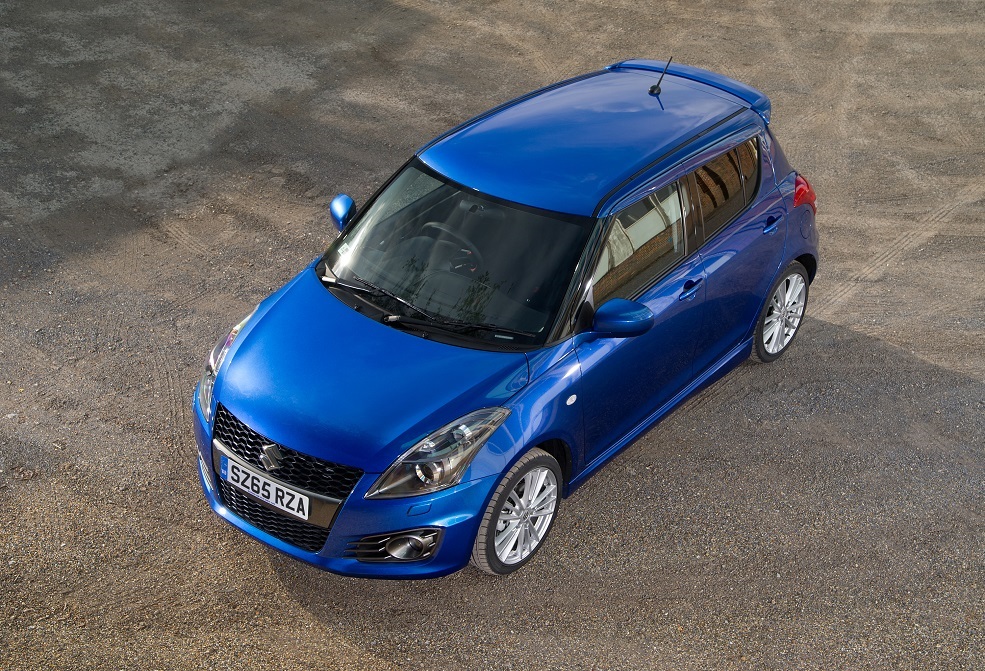
Exterior
It’s a pretty stylish thing, coming from the factory with a chunky rear diffuser, tasteful skirts, and a meatier grille than lesser models – and it’s solid too, having a 5-star EuroNCAP rating. In terms of what to look out for, the only real bugbear with these cars is that some owners won’t have been as careful as others, so check the shutlines for evidence of accident damage. Ideally you want to buy one from a pensioner who’s been pottering around town rather than a headstrong tearaway who’s misjudged things in a forest.
Headlight bulbs are disappointing in their effectiveness, as are wiper blades – both of which can be improved by aftermarket items. And when it comes to improving the aesthetics, you have a few options. Think carefully about wheel size, as plus-size show-car diameter won’t make the most of the handling (depends how you plan to use the car, really); with a PCD of 5×114.3 your options are wide open, and it doesn’t have bizarre offsets to worry about – the stock wheel options were ET45 or ET50.
Less-is-more is the watchword with the styling. There are lots of sweet carbon fibre upgrades available on the Japanese aftermarket (many of which are imported by Nengun), including a GReddy rear spoiler and Tryforce front lip, and the Sport Aero bodykit from Sunline Racing is tasteful and well made.
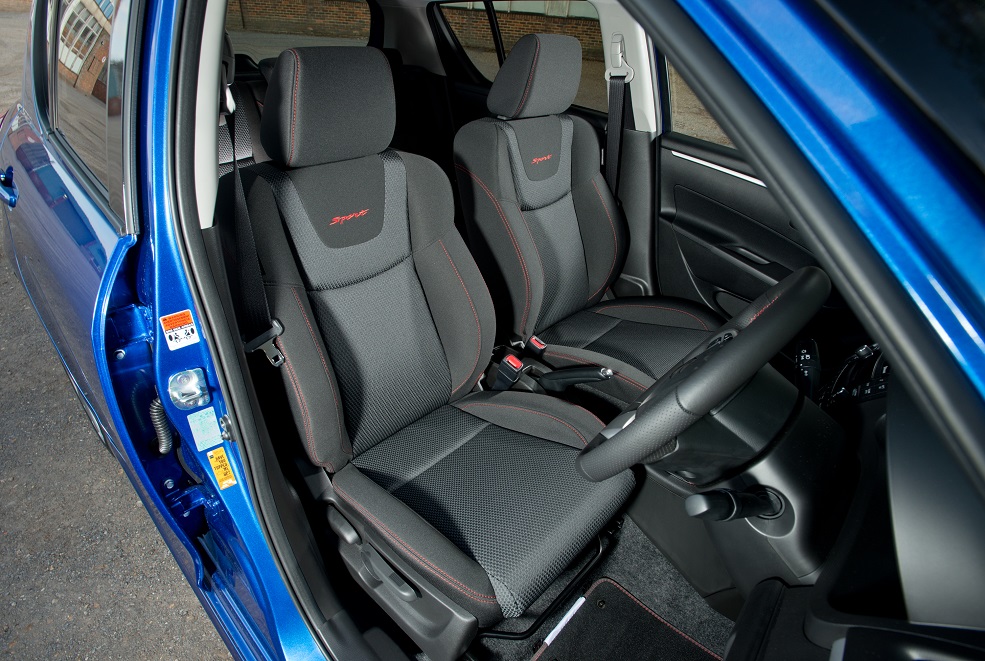
Common problems on the Suzuki Swift Sport (2012-2017)
- Handbrakes are notoriously weak, so make sure it can hold the car on an incline – it’s a good bargaining chip, as more often than not it’s a simple alignment issue
- Engines can sound tappety when cold, although checking and adjusting the valve clearances should sort it pretty easily
- Minor oil leaks aren’t unheard of, so check for weeping from the various gaskets
- Head gaskets can fail – check for mayonnaise in the oil, and look where the temperature needle sits: it should be right in the middle of the gauge
- Gearboxes aren’t bulletproof, so check the history to see that the fluid has been changed regularly; at least every three years is ideal
- Keyless entry can be a bit hit-and-miss – sometimes it’ll only open one door
- All Swifts will get a juddery clutch at some point which is a sign it’s ripe for imminent replacement – make sure you check when it was last done, and adjust your buying price accordingly
- Brake calipers can be sticky; not too much of an issue of a car that’s being regularly used, but be aware of this in cars that have sat for a long while
Tech Spec: Suzuki Swift Sport (2012-2017)
Engine: 1586cc, naturally-aspirated four-cylinder, M16A
Transmission: Six-speed manual
Power: 136bhp – @ 6900rpm
Torque: 118lb ft @ 4400rpm
Weight: 1045kg
0-62mph: 8.7 seconds
Top Speed: 121mph
MPG: 44.1 (combined)

